A great summary of everything SpaceX 2021, along with everything SpaceX to come in 2022.
You can expect blowups along the way, but you can also expect to see the starship fly this year.
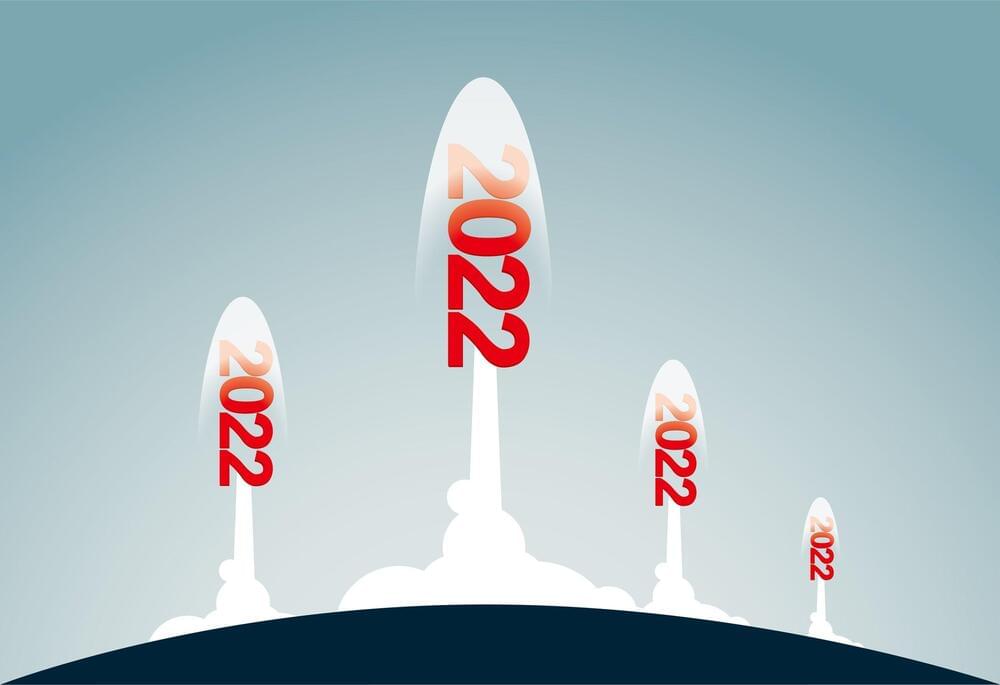
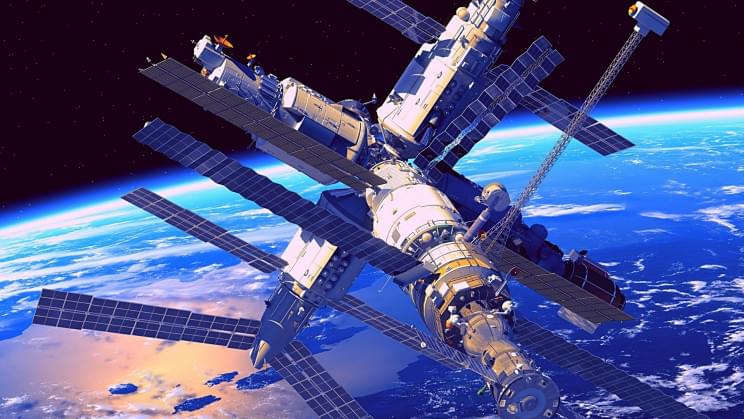
We’re moving past the bottleneck of available space launches.
The bottleneck nature of space launches is beginning to change.
In the last several years, the unprecedented growth of public-private partnerships has transformed space travel into an irresistible investment opportunity. “Since July last year we’ve had about a dozen millionaires take selfies in space,” said Tess Hatch, a partner with Bessemer Venture Partners (BvP), during a CES 2022 keynote attended by Interesting Engineering.
But there’s more to the budding space economy than tourism, alone. In fact, despite the outsized attention focused on billionaires and millionaires going to space, the vast majority is already going to support a much wider spectrum.
But how will that serve life down here on Earth?
Full Story:
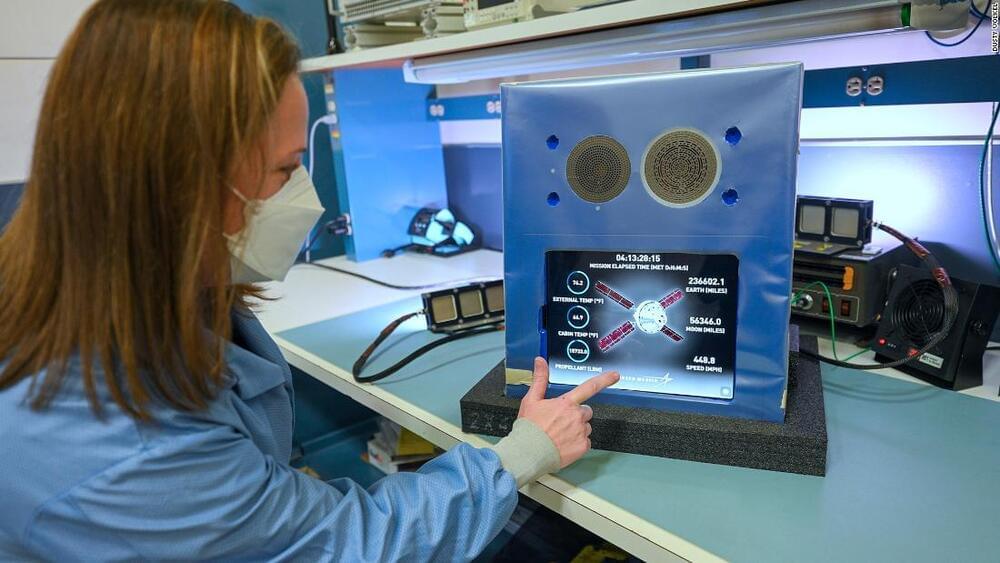
NASA’s Artemis 1 mission, slated for take off as soon as this March, aims to send an Orion spacecraft around the moon. The cabin will be largely empty, save for an a interactive tablet that has been dubbed “Callisto,” which will sit propped up to face an astronaut mannequin. Callisto is essentially a touch-screen device that features reconfigured versions of Alexa, Amazon’s voice assistant, and Cisco’s teleconferencing platform WebEx.
Among the many aspects that will be closely watched on the ground — at least by the group behind this Alexa experiment — is how the virtual assistant performs in space. And if nothing else, it’ll be some well-placed advertising.
It’s all part of a collaboration between Amazon, (AMZN) Cisco (CSCO) 0, and Lockheed Martin (LMT) 0, which built the Orion capsule for NASA. Lockheed approached the other two companies with the idea of developing a virtual assistant about three years ago, the companies said, and they are paying the full cost of including the virtual assistant on the Artemis 1 mission. Lockheed is also reimbursing NASA for any help the agency has lent on this project through an arrangement called a Space Act Agreement, which allows the space agency to be compensated for expertise or resources it gives to companies working on certain space-related projects.
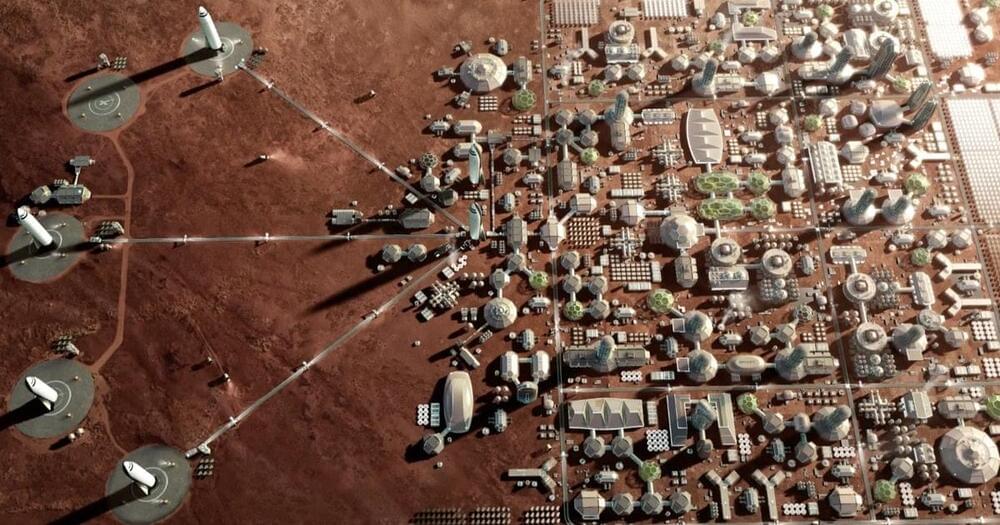
Musk plans to build a self-sustaining city on Mars.
Here is what you need to know about Musk’s mission.
What is the Mars city?
Musk plans to build a full-size city on the surface of Mars. This would be a city open to regular people, not just scientists and researchers.
People interested in moving to Mars could pay for their flight with a loan. Once there, people would be able to pay off the loan by working in anything from iron foundries to pizzerias. Musk declared at a 2016 conference that there would be labor shortages for a long time.

Roughly 13.8 billion years ago, our Universe was born in a massive explosion that gave rise to the first subatomic particles and the laws of physics as we know them.
About 370,000 years later, hydrogen had formed, the building block of stars, which fuse hydrogen and helium in their interiors to create all the heavier elements. While hydrogen remains the most pervasive element in the Universe, it can be difficult to detect individual clouds of hydrogen gas in the interstellar medium (ISM).
This makes it difficult to research the early phases of star formation, which would offer clues about the evolution of galaxies and the cosmos.
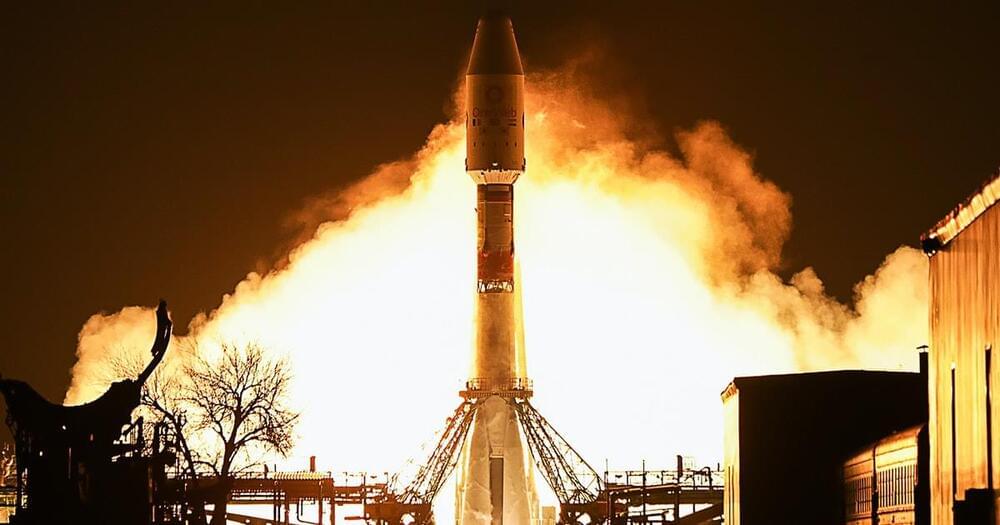
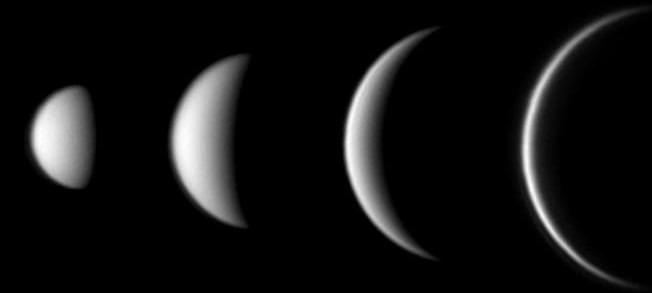
Planet-spotting is all about perspective.
From where we stand in our orbit of the Sun the closest planet to us, Venus, will come to what astronomers call inferior conjunction on Sunday, January 9.
After over six months of shining brightly in the west in the post-sunset sky in its apparition as the “Evening Star,” on that day Venus will finally disappear from sight.… See more.

Source: Teslarati Date Published: 01/03/2022.
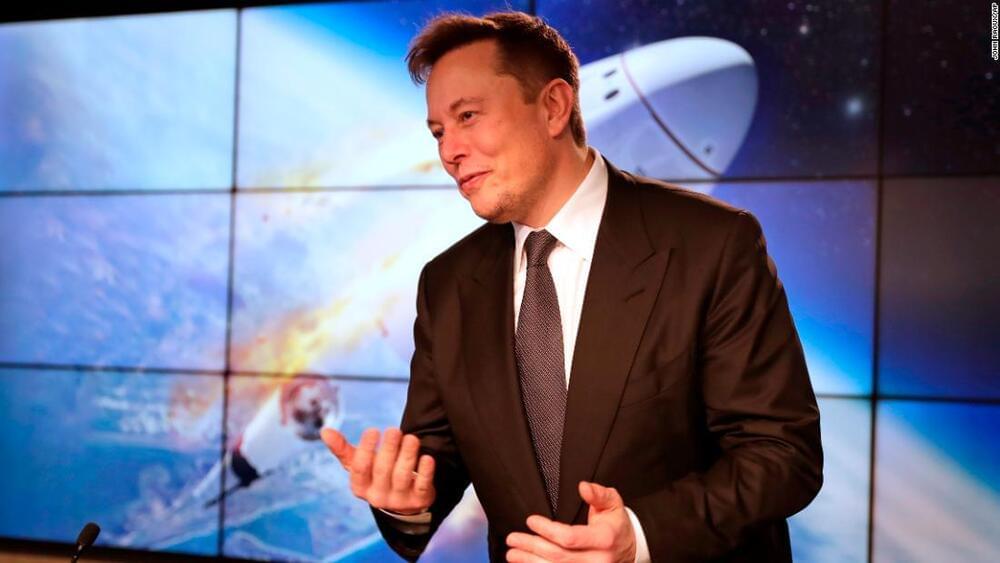
It looks like Elon is putting more of his money into SpaceX. This makes sense as he has tons of money and SpaceX seems to have more growth potential than Tesla because his Starlink and Starship will both be very hard for other companies to compete against. (Just the amount of capital it would take to make competing products is staggering.)
I’m not saying that Tesla won’t be worth $10 trillion one day, I’m just saying SpaceX has more growth potential. Elon seems to agree.
What’s Elon Musk doing with the billions he’s collected in the past two months from selling shares in Tesla?
It seems possible, maybe even likely, that he’s put at least some of the money into SpaceX, the other company of which he is CEO and primary shareholder.
Most of the proceeds from his $16.4 billion in Tesla stock sales since November 8 will go to pay an estimated $11 billion federal tax bill, leaving him with more than $5 billion to do whatever he sees fit.
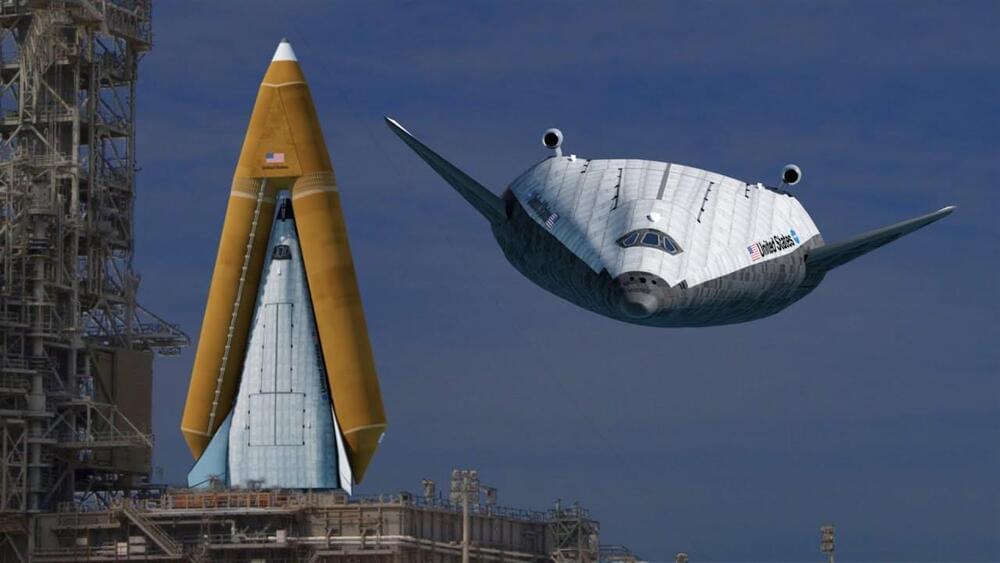
Lockheed’s Star Clipper was a proposed Earth-to-orbit spaceplane based on a large lifting body spacecraft and a wrap-around drop tank. Originally proposed during a USAF program in 1966, the basic Star Clipper concept lived on during the early years of the NASA Space Shuttle program, and as that project evolved, in a variety of new versions like the LS-200.
The LS-200 was very similar to the earlier version, it was smaller overall, The M-1 engines were replaced with the Space Shuttle Main Engines.